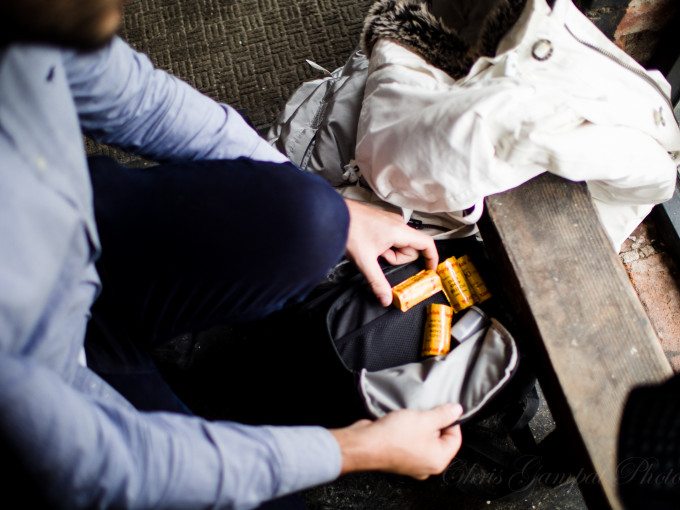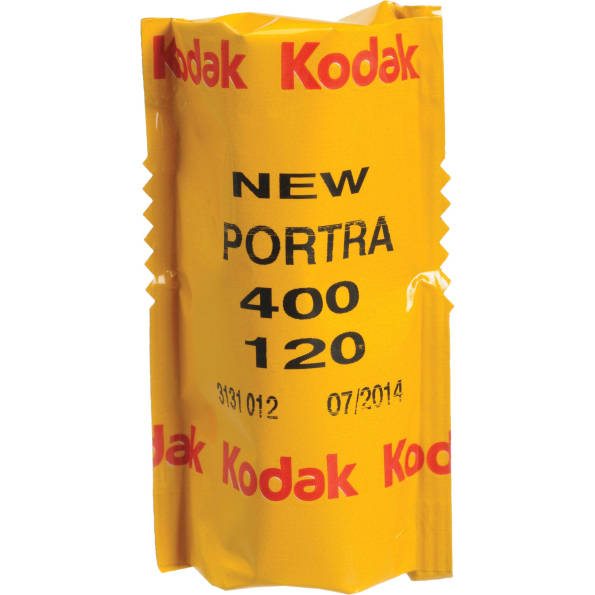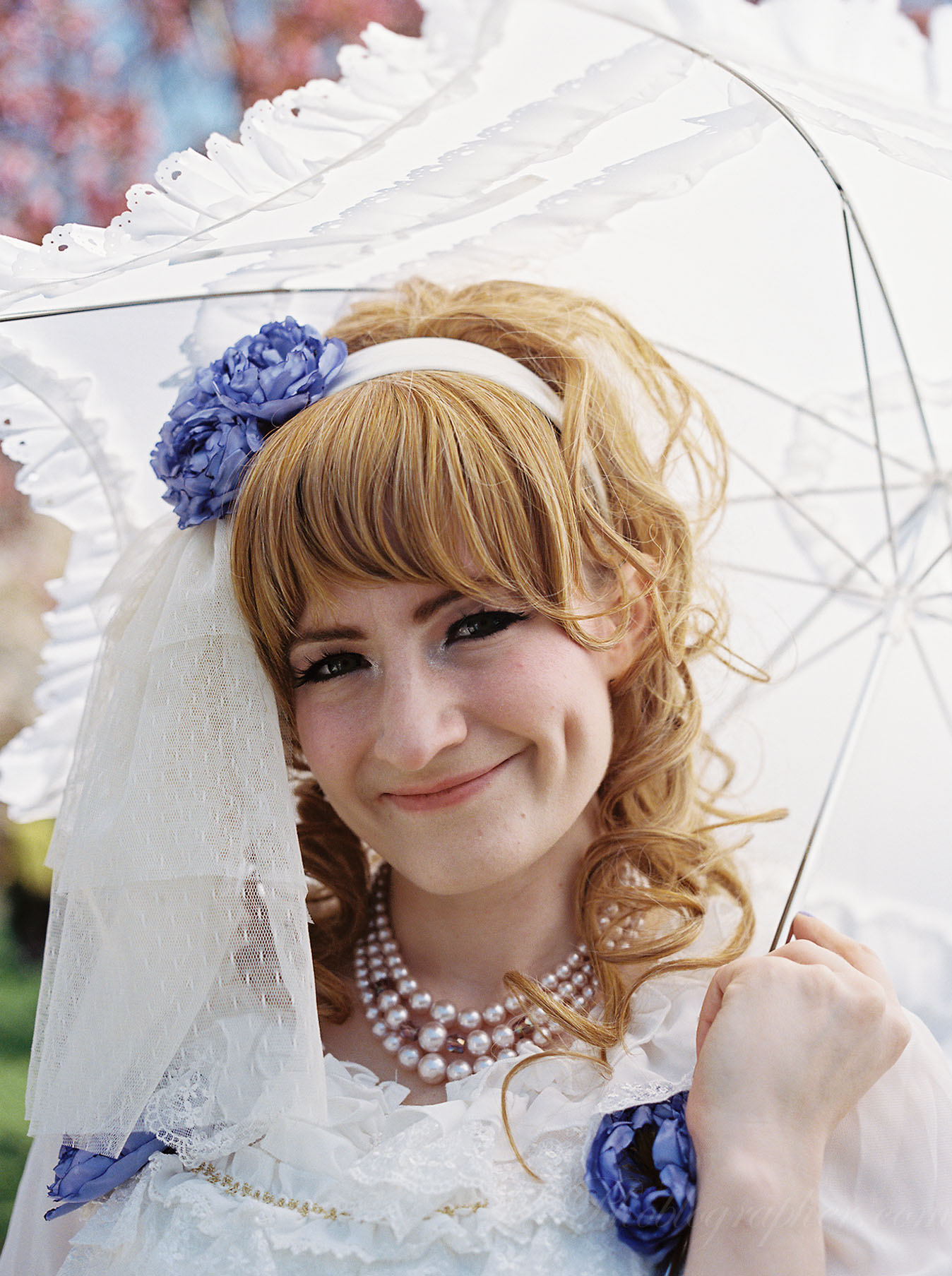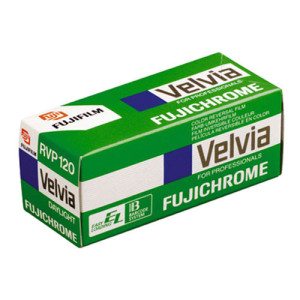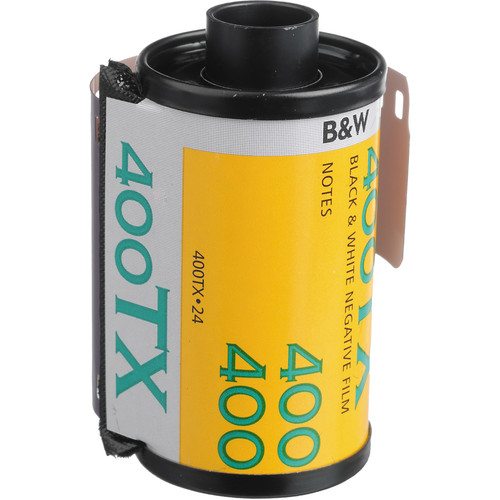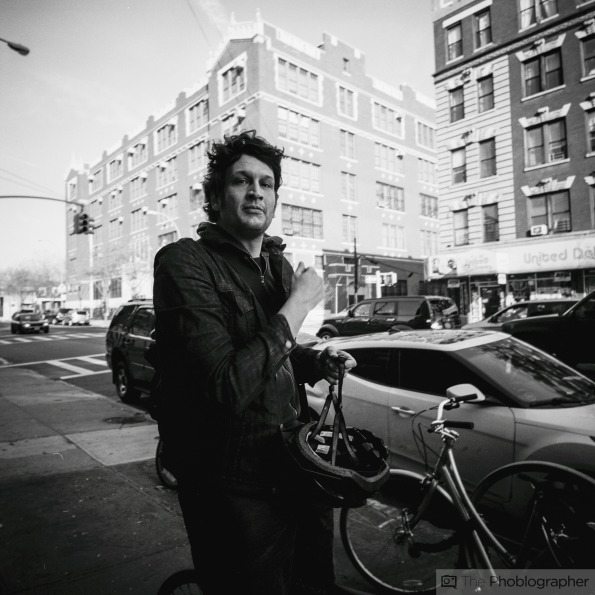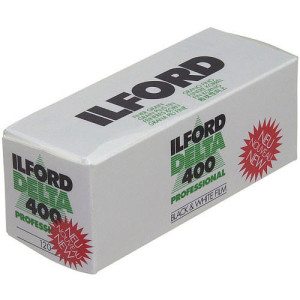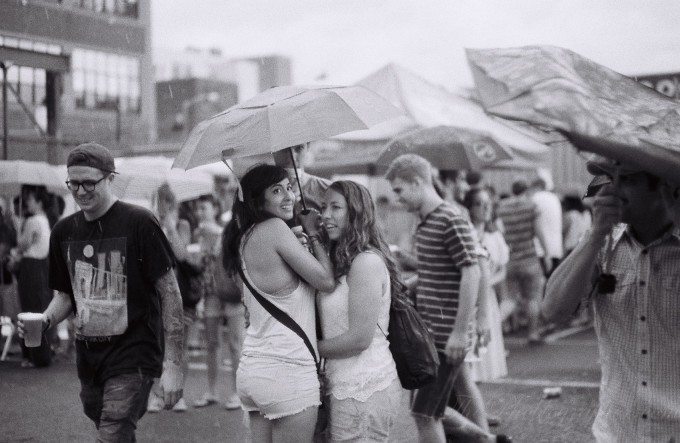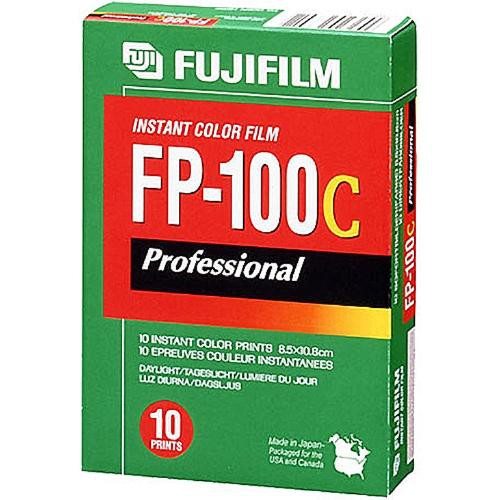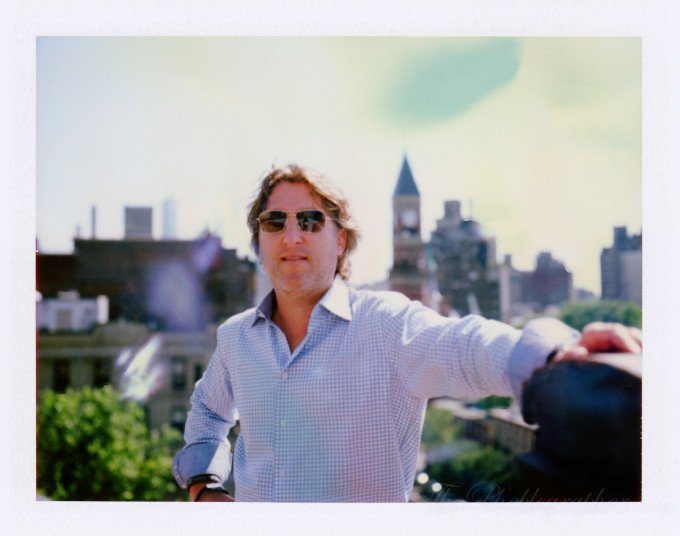Every single photographer should try to shoot with film consistently at least for a month. Why? Because film makes a photographer pay more attention to a scene than they do to the LCD screen of their camera. The slow process of pay attention to the subtle details, finding the right light because you’re locked into a single ISO setting, slowly focusing on a subject and ensuring that they’re totally in focus, getting the exposure just right to balance the highlights and shadows, and knowing that you’ll only get a handful of chances to capture the scene is all part of what can help you become a better photographer.
Some of the best photographers out there are very detail oriented. And as long as you have the pressure on yourself to get the shot right in a single frame, you’ll be better off.
Don’t know where to start? Here are five films that every photographer needs to try.
Kodak Portra 400
Kodak Portra is arguably the single best negative film left on the market. Though it was originally designed for shooting portraits and rendering some of the most incredible skin tones one could ask for, photographers have used it for pretty much everything.
Kodak Portra comes in both 35mm and 120 formats as well as larger formats if you wish. It’s a negative film and incredibly forgiving. During one portrait session I shot the film at ISO 100 instead of ISO 400. However, my lab was able to push the film quite a bit and still deliver beautiful images to me in the scans.
Best Used for: Kodak Portra is best used shooting portraits and in combination with spot metering.
Buy Now: B&H Photo
Fujifilm Velvia 50
If you’re a photographer that loves to shoot landscapes, then Fujifilm Velvia is what you should get your hands on.
Velvia has an odd name. The colors aren’t like velvet, but instead rich, punchy, vibrant and heavily saturated. For this reason, Velvia 50 is best for landscape work. But like other Chrome films, you need to ensure that you get the exposure absolutely completely correct. The interesting thing about Chrome films is that they can give you the absolute best color but have no latitude. In contrast, negative films can give you great latitude and pretty good color.
Considering that this is rated at ISO 50, you should be sure to bring along your tripod and a good wide angle lens.
Best Used for: Landscapes and travel work.
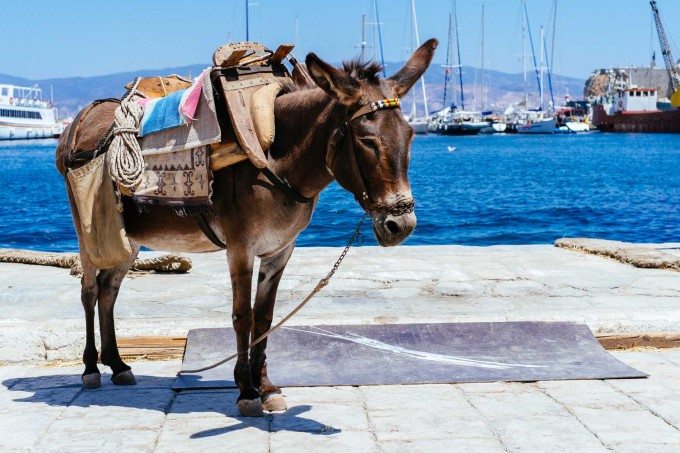
Buy Now: B&H Photo
Kodak Tri-X
Arguably the most popular black and white film on the market still, Kodak Tri-X has been the choice of many professionals for many different reasons.
What makes it so appealing? More than any other film, Kodak Tri-X has the right amount of grain and grit to it that makes so many different subjects look spectacular.
Street Photography? It’s the king.
Photojournalism? Yup.
Weddings? Oh yeah!
Portraits? Yeah, it can do that too.
It’s easy to fall in love with Kodak Tri-X.
Best Used for: Pretty much anything that you can think of. It’s such a versatile film and has such an iconic look that you can’t get over it.
Buy Now: B&H Photo
Ilford Delta 400
If you’re not too big of a fan of Kodak Tri-X, most photographers would tell you to go score some Ilford HP5. We have to gently and respectfully disagree.
My personal favorite black and white film is Ilford Delta 400. Grainy, low contrast, and more monochrome in look than black and white, Ilford Delta 400 can give you absolutely beautiful images. What’s really nice is that Delta 400 if anything looks a bit like a combination of both black and white and sepia if overexposed. If underexposed, it looks like Tri-X.
Even if you happen to fall madly in love with Kodak Tri-X, we strongly suggest that you give this film a shot and see what’s on the other side of the counter.
But even if you’re not a fan of this film, Ilford HP5 could be more of your personal jam.
Best Used for: Street photography and portraits
Buy Now: B&H Photo
Fujifilm FP-100C 3×4
What would this list be without a really solid instant film?
As what’s probably the best instant film emulsion currently made, 100C used to be in the cameras of professional medium format photographers everywhere. It used to give them a preview of what they were getting as the test shot. And while many of them didn’t quite like it, the film saw a resurgence along with the influx of film in general. It’s got a beautiful look to it when used with the right cameras.
So what are the right cameras? Even though we like the Polaroid land cameras, the lenses aren’t anything compared to the medium format SLR cameras that Hasselblad, Bronica, Mamiya and Pentax make.
Best Used for: General use. Expose for the shadows and be sure to carry a timer on you when you pull it out of the camera.
Buy Now: B&H Photo


